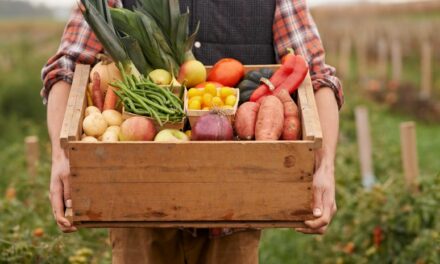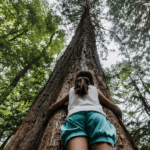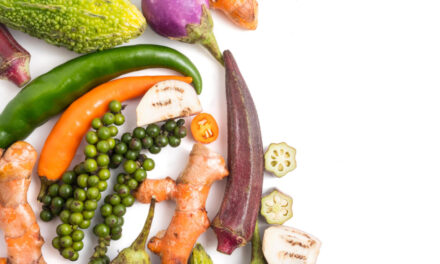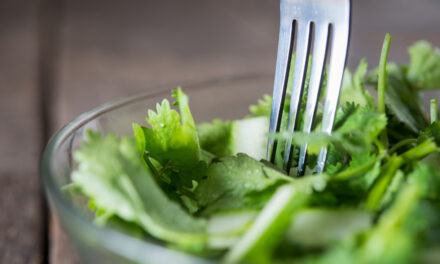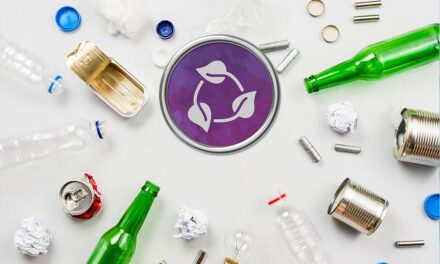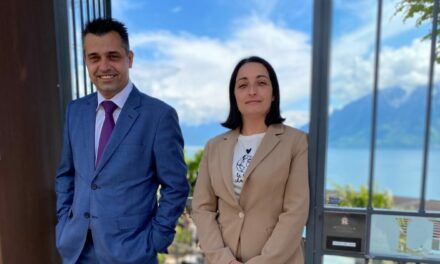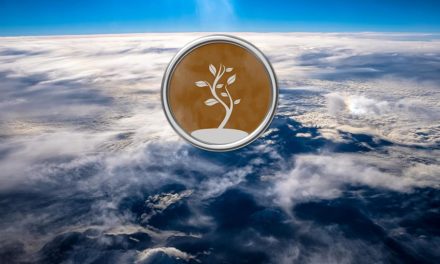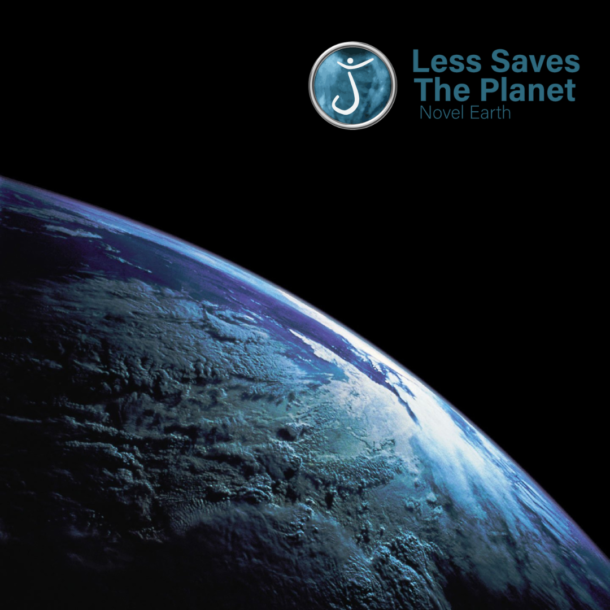
4 – SAVE WATER
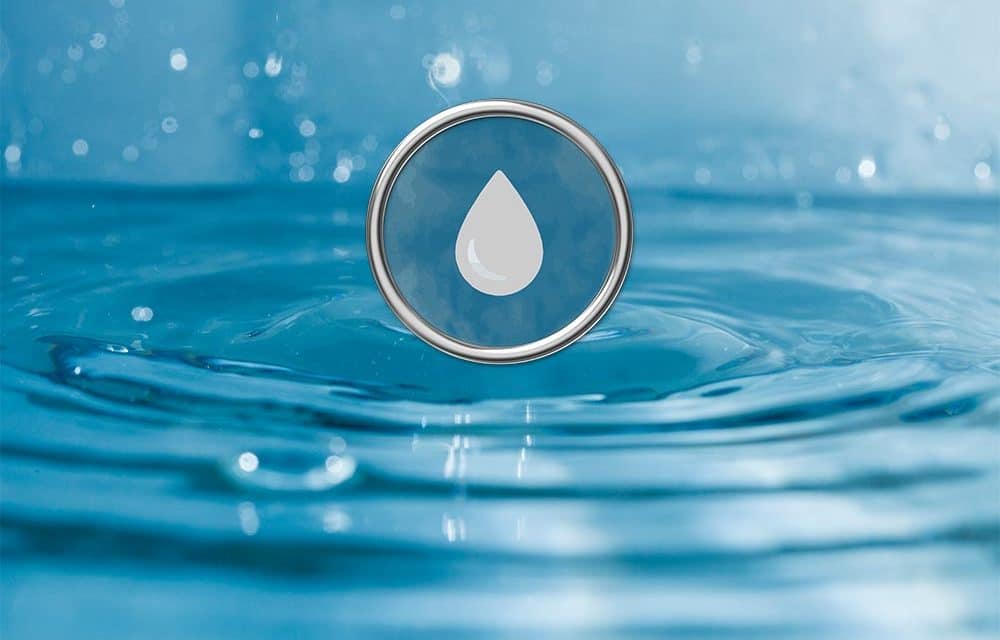
“No life is possible without water.” It is from this simple observation of Hippocrates that Less Saves The Planet begins its chapter devoted to blue gold. In the face of this current context, it becomes urgent to (re)learn how to conserve water at our individual level by being fully aware of how lucky we are to have access to it.
The central question of water as the source of life on earth
The water cycle that all students have already studied during their school curriculum is a fragile balance in which human interference has a considerable impact. Water collected during rains or in groundwater is not inconsequential. Today, FAO calculates that crops lost due to repeated droughts could feed 81 million people a year. While Less Saves The Planet sees cases of water crisis and alerts readers to water scarcity, the movement presents as always the motivating solutions of global organizations to preserve it with, for example, the Sustainable Development Goals ” (0DD) gathered in the UN Agenda 2030.
How can the water footprint of food be accurately measured? Foods to be consumed in moderation depending on where they come from
The water footprint is a very recent invention on the scale of humanity. A surprising finding in our society where calculation and value for money reigns over the economy. While the calculation of the water footprint has had a disruptive effect, the distinction between the three types of water footprint is one of the major issues of our future: blue water, green water and grey water. Often only blue water is taken into account, i.e. water recovered and then used by human activity. While green water, the natural water brought by rain, is of significant importance in the estimates. Less Saves The Planet provides clear and understandable detailed calculations for all as well as a good body of food water footprints. It is then essential to make consumers aware of the most water-intensive products such as nuts, coffee or chocolate. Thanks to green water footprint studies, Less Saves The Planet offers recommended provenances based on precipitation, air humidity and plant needs.
How can we save water in agriculture ? : Different types of watering and farmers’ seeds
Agriculture alone accounts for 70% of the world’s water consumption. A change in the way we water is not insignificant for our planet. Less Saves The Planet references the 16 types of watering to know and explains their different workings. To go even further in water savings, this chapter looks at farmers’ seeds, unreferred, wild and ancient seeds that have learned to evolve despite droughts, insects and other pests. Examples of farmers’ seeds can be found in the driest regions and even for the most waterlogged products such as tomatoes. Pascal Poot’s operation in Bézier is a concrete example of the exceptional power of these seeds independent of watering.
Our tips for becoming water efficient
After taking the subject of water in its entirety and then regarding agriculture, discover in this chapter tips from chefs to save water on a daily basis. Food cleaning or water recycling tricks that together represent significant savings for the planet.
Bottled water or tap water?
Bottled water is reassuring for many people who are not convinced by the excellence of tap water. To address these concerns, the French Ministry of Ecology, Sustainable Development and Land Development has launched the “Choose Tap Water” campaign. This information campaign specifies the impact of the bottled water industry: 8 kilos of C02 and 10 kilos of waste per year per person. To accompany this approach, this chapter details thecontrol of drinking water and the criteria for good drinking water that are not always met by bottled water. Always in a positive approach and with the aim of providing concrete solutions, Less Saves The Planet proposes at the end of the chapter a possible comparison of the types of water filtration (carafe, activated charcoal, shower head) to guide consumers on the issues of the treatment of this exceptional resource that is water.


